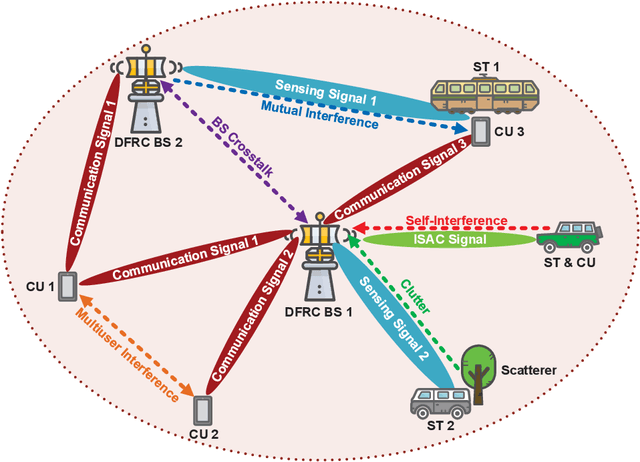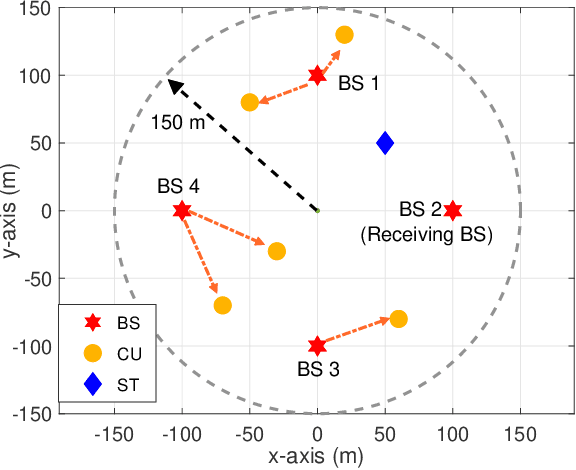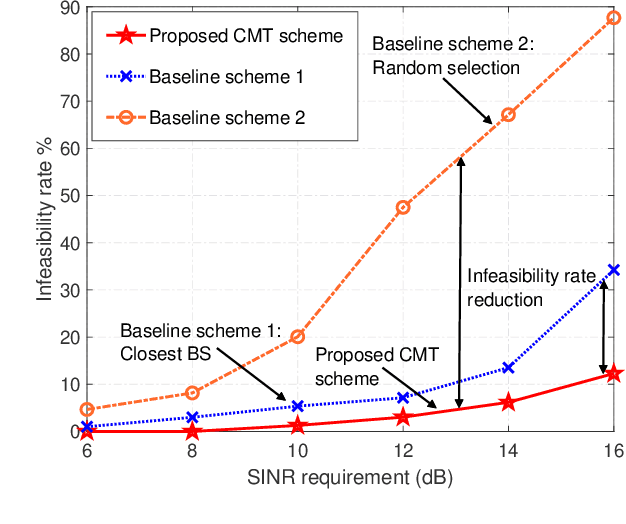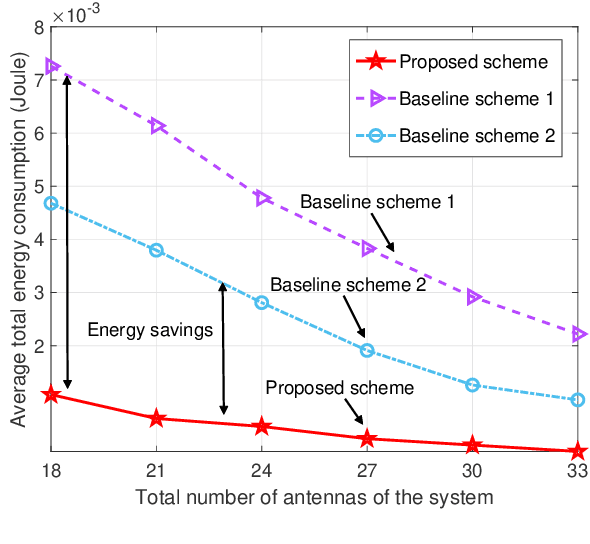Interference Mitigation for Network-Level ISAC: An Optimization Perspective
Paper and Code
Feb 15, 2024



Future wireless networks are envisioned to simultaneously provide high data-rate communication and ubiquitous environment-aware services for numerous users. One promising approach to meet this demand is to employ network-level integrated sensing and communications (ISAC) by jointly designing the signal processing and resource allocation over the entire network. However, to unleash the full potential of network-level ISAC, some critical challenges must be tackled. Among them, interference management is one of the most significant ones. In this article, we build up a bridge between interference mitigation techniques and the corresponding optimization methods, which facilitates efficient interference mitigation in network-level ISAC systems. In particular, we first identify several types of interference in network-level ISAC systems, including self-interference, mutual interference, crosstalk, clutter, and multiuser interference. Then, we present several promising techniques that can be utilized to suppress specific types of interference. For each type of interference, we discuss the corresponding problem formulation and identify the associated optimization methods. Moreover, to illustrate the effectiveness of the proposed interference mitigation techniques, two concrete network-level ISAC systems, namely coordinated cellular network-based and distributed antenna-based ISAC systems, are investigated from interference management perspective. Experiment results indicate that it is beneficial to collaboratively employ different interference mitigation techniques and leverage the network structure to achieve the full potential of network-level ISAC. Finally, we highlight several promising future research directions for the design of ISAC systems.
 Add to Chrome
Add to Chrome Add to Firefox
Add to Firefox Add to Edge
Add to Edge